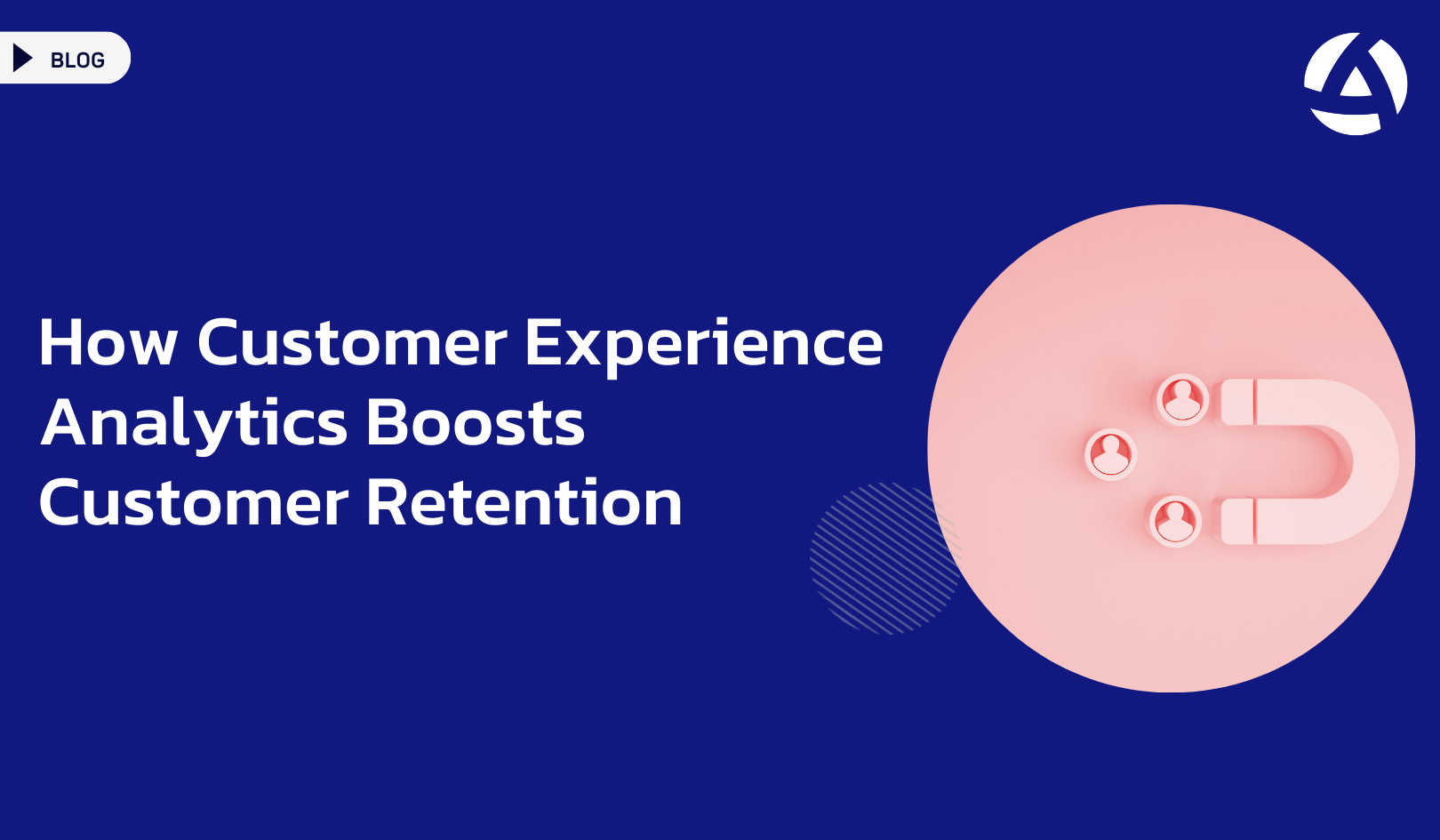Customer Experience Analytics is a powerful tool that provides insights into every interaction a customer has with your brand. By analyzing these interactions, businesses can identify patterns, preferences, and pain points. Here’s how you can leverage Customer Experience Analytics to enhance customer retention.
1. Identify Key Touchpoints and Pain Points
One of the first steps in improving customer retention through CXA is identifying key touchpoints and pain points in the customer journey. By analyzing data from various customer interactions—such as website visits, customer service inquiries, and purchase history—you can pinpoint where customers are most engaged and where they might be encountering issues.
For example, if data shows a high dropout rate during the checkout process, this indicates a potential problem that needs addressing. By resolving these pain points, you can create a smoother, more enjoyable experience that encourages customers to complete their purchases and return in the future.
2. Personalize Customer Interactions
Customers appreciate when businesses understand their needs and preferences. With Customer Experience Analytics, you can gather detailed information about individual customer behaviors and preferences. This allows you to tailor interactions and offers to each customer, enhancing their experience and increasing their likelihood of returning.
For instance, if analytics reveal that a customer frequently purchases a particular type of product, you can send personalized recommendations or special offers related to that product. This level of personalization shows customers that you value their business and understand their preferences, fostering loyalty and repeat purchases.
3. Monitor and Respond to Feedback
Customer feedback is a goldmine of information that can help you improve your services and products. Customer Experience Analytics enables you to systematically collect and analyze feedback from various sources, such as surveys, social media, and direct customer communications.
By regularly monitoring this feedback, you can quickly identify common complaints or suggestions. More importantly, you can respond promptly to address any issues raised by customers. Showing that you are actively listening and responding to customer feedback demonstrates your commitment to improving their experience, which can significantly boost retention rates.
4. Predictive Analytics for Proactive Engagement
One of the advanced capabilities of CXA is predictive analytics. By analyzing historical data and identifying trends, predictive analytics can forecast future customer behaviors and potential churn risks.
For example, if the data suggests that customers who have not engaged with your brand for a certain period are likely to churn, you can proactively reach out to these customers with targeted campaigns to re-engage them. This proactive approach can help you retain customers who might otherwise have been lost.
5. Optimize Customer Support
Efficient customer support is crucial for retaining customers. CXA can help you optimize your support processes by identifying common issues and areas where customers need the most assistance.
By analyzing support tickets, chat logs, and call center data, you can determine the most frequent problems customers encounter and address them proactively. Additionally, you can use this data to train your support team more effectively, ensuring they are equipped to handle common issues quickly and efficiently.
At Alterna CX, we care deeply about utilizing Customer Experience Analytics to help businesses create experiences that drive customer loyalty and retention.
Conclusion
Leveraging Customer Experience Analytics is essential for improving customer retention. By understanding and addressing customer needs and preferences, personalizing interactions, responding to feedback, using predictive analytics, and optimizing customer support, you can create a superior customer experience that keeps customers coming back. Investing in CXA not only enhances customer satisfaction but also drives long-term business growth.
Frequently Asked Questions
How do we measure customer experience?
Companies can measure customer experiences with metrics. These metrics may provide information regarding customer perception of the quality of experience, purchase process efficiencies, and customer experience impact on business results.
How customizable are these CX analytics tools to adapt to different industries or specific business needs?
The customization level of CX analytics tools can vary depending on the provider and the platform’s capabilities. However, most modern tools offer a degree of customization to adapt to different industries and business needs. This customization may involve configuring specific metrics, designing tailored dashboards and reports, integrating with existing systems or databases, and implementing automated workflows based on unique business processes.
What are some examples of specific metrics or key performance indicators (KPIs) that a CX analytics tool should be able to track and analyze?
Specific metrics or KPIs that a CX analytics tool should track and analyze may include Observational Customer Experience (oCX), Net Promoter Score (NPS), Customer Satisfaction Score (CSAT), Customer Effort Score (CES), churn rate, customer retention rate, customer lifetime value (CLV), average resolution time, first contact resolution rate, sentiment analysis of customer feedback, customer journey mapping, and customer segmentation based on behavior or demographics.




